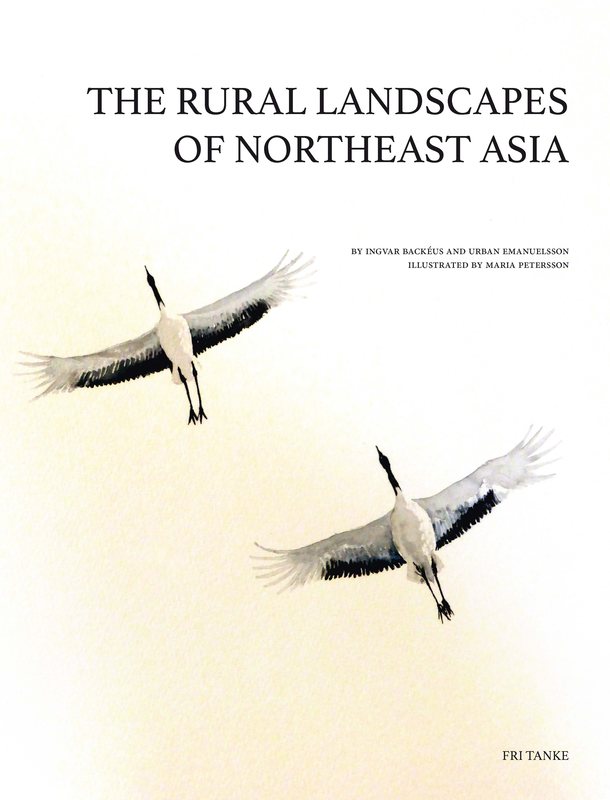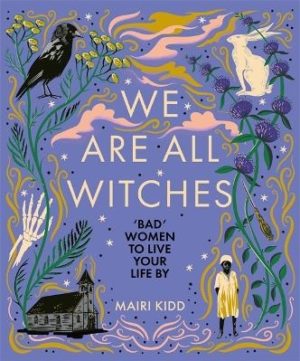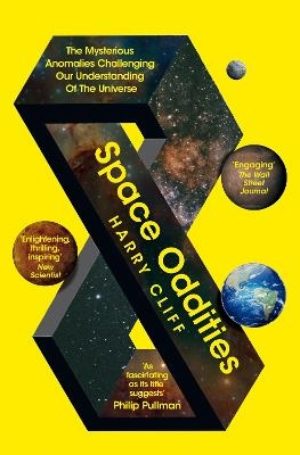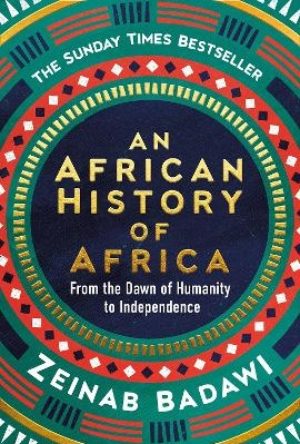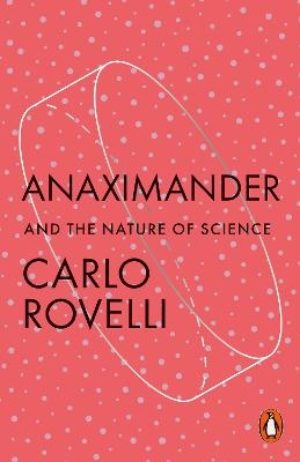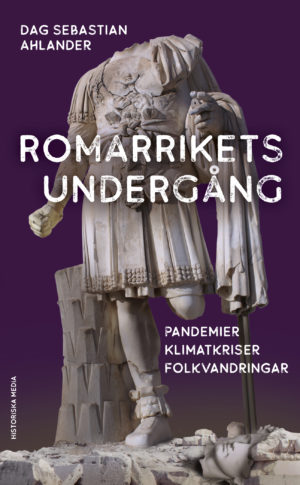There are clear climatic and geologic similarities between Northeast Asia and Europe.
Original conditions are similar, yet there are important differences in how their cultural landscapes have developed.
How can this be explained? In any attempt to do so historical and biological aspects have to be integrated. The Northeast Asian landscapes have been much appreciated in visual arts and poetry. Today, this is gradually becoming supplemented with an appreciation of the landscapes as such, including both historical and biological aspects. To combine these two is still less common. Historians and archaeologists have had their priorities, biologists have had others. We argue for an integration.
The biologist can then interpret the actual landscape through its history. The historian can explain past developments, for example in land use, through the present biota. For a visitor a landscape described in a multifaceted way gives a deeper understanding of underlying processes.
Ingvar Backéus and Urban Emanuelsson are biologists with an interest also in history.
The aquarellist Maria Petersson has skillfully helped the authors to explain many aspects that are better described in pictures than in words. She has also crossed the genre boundaries by presenting scientific diagrams in a beautiful artistic form.
